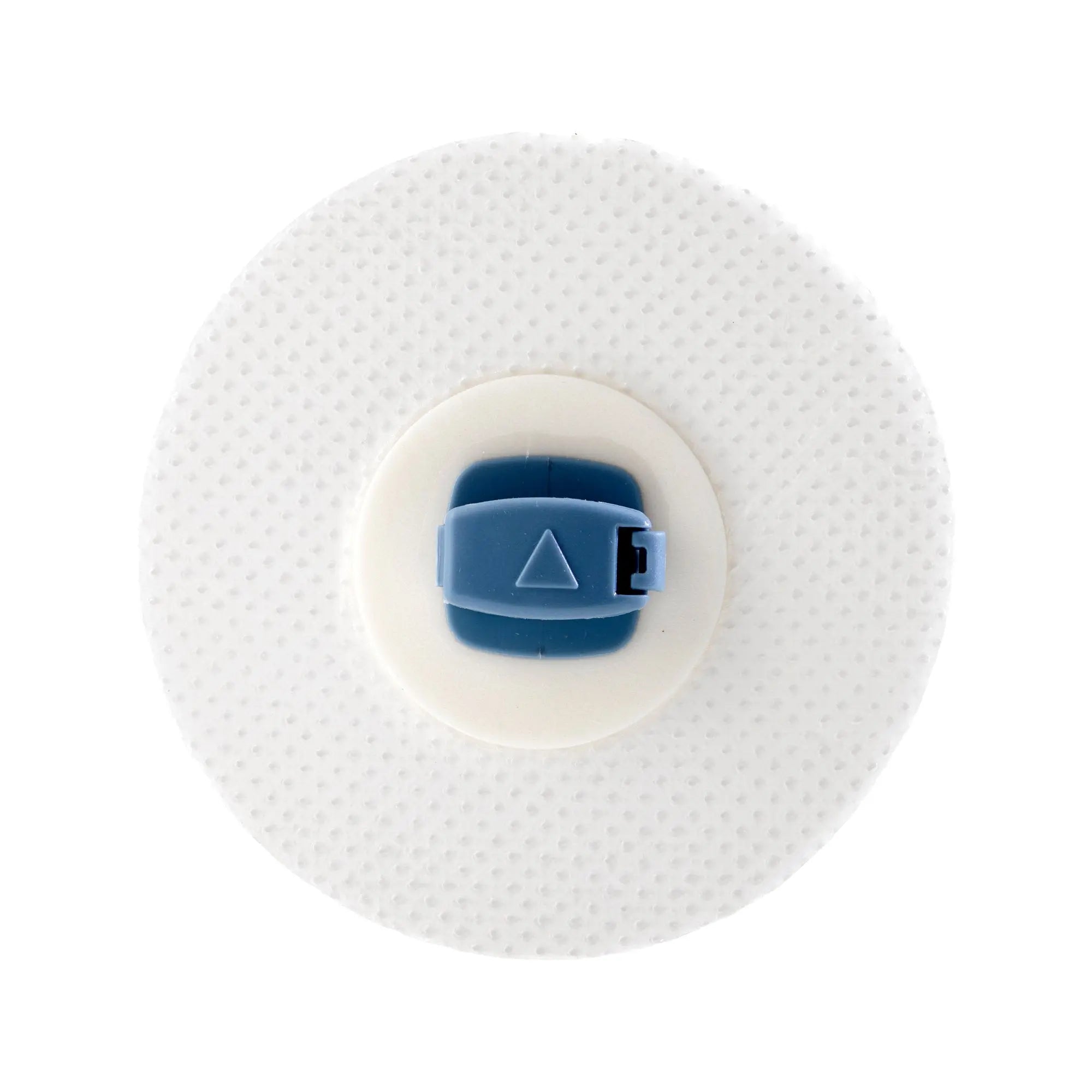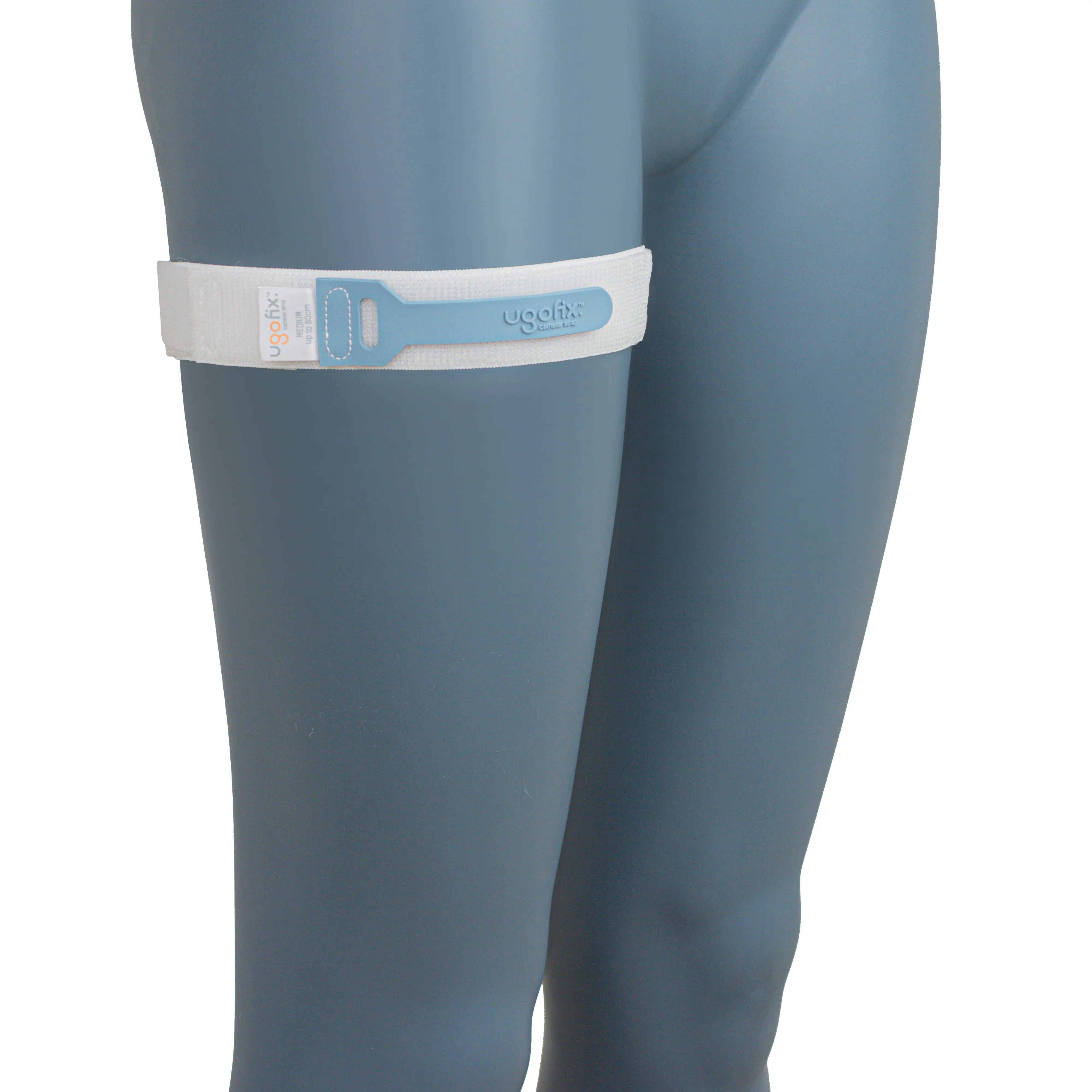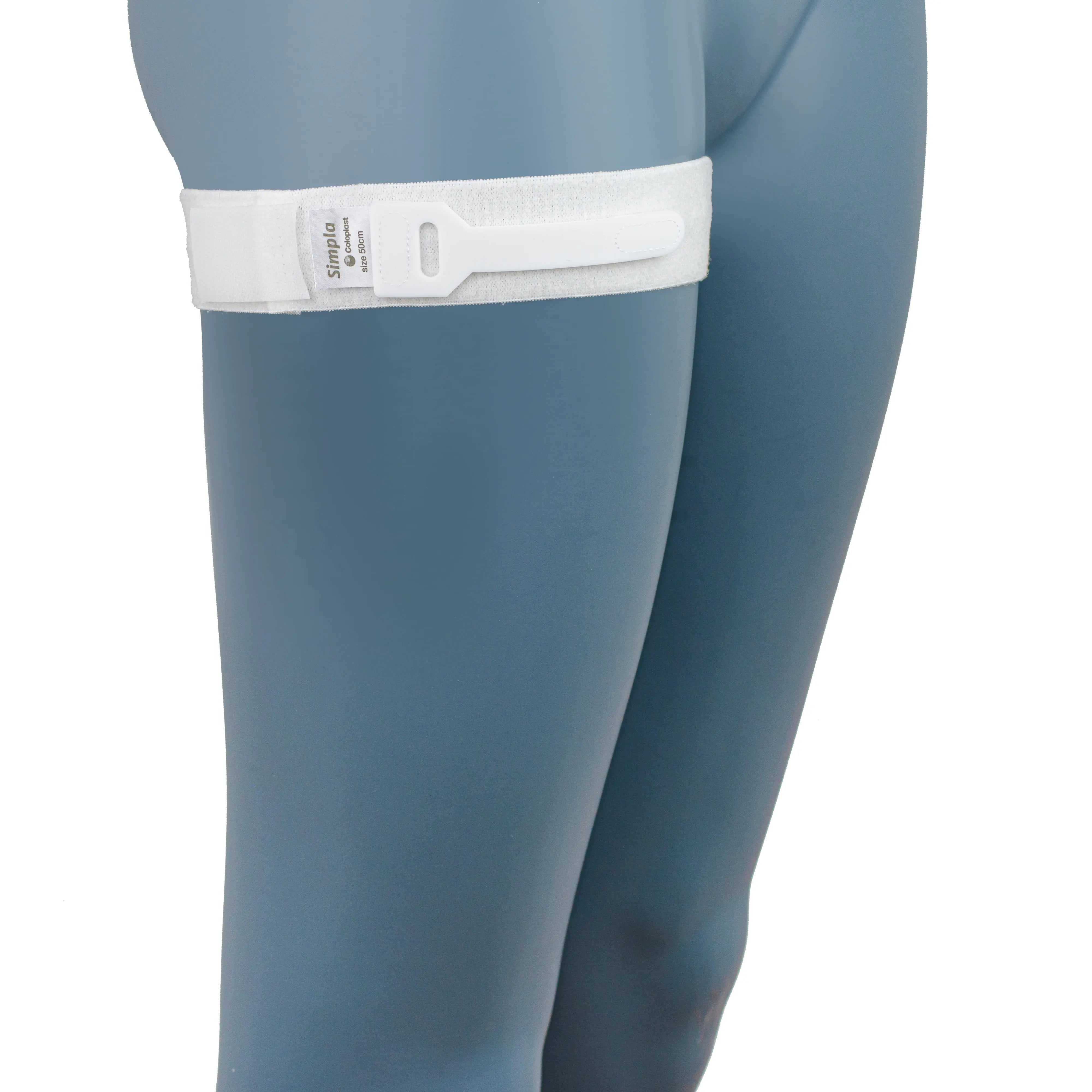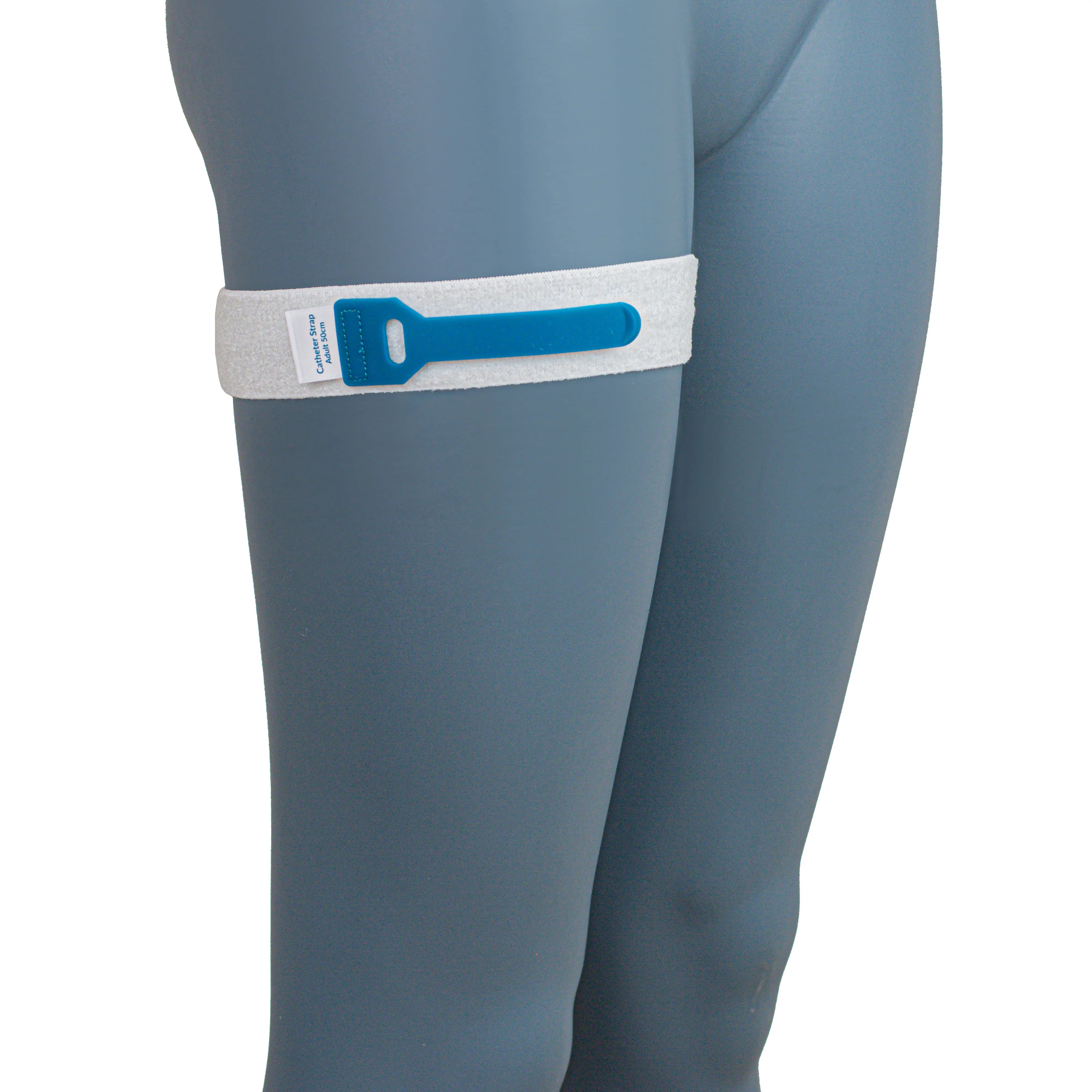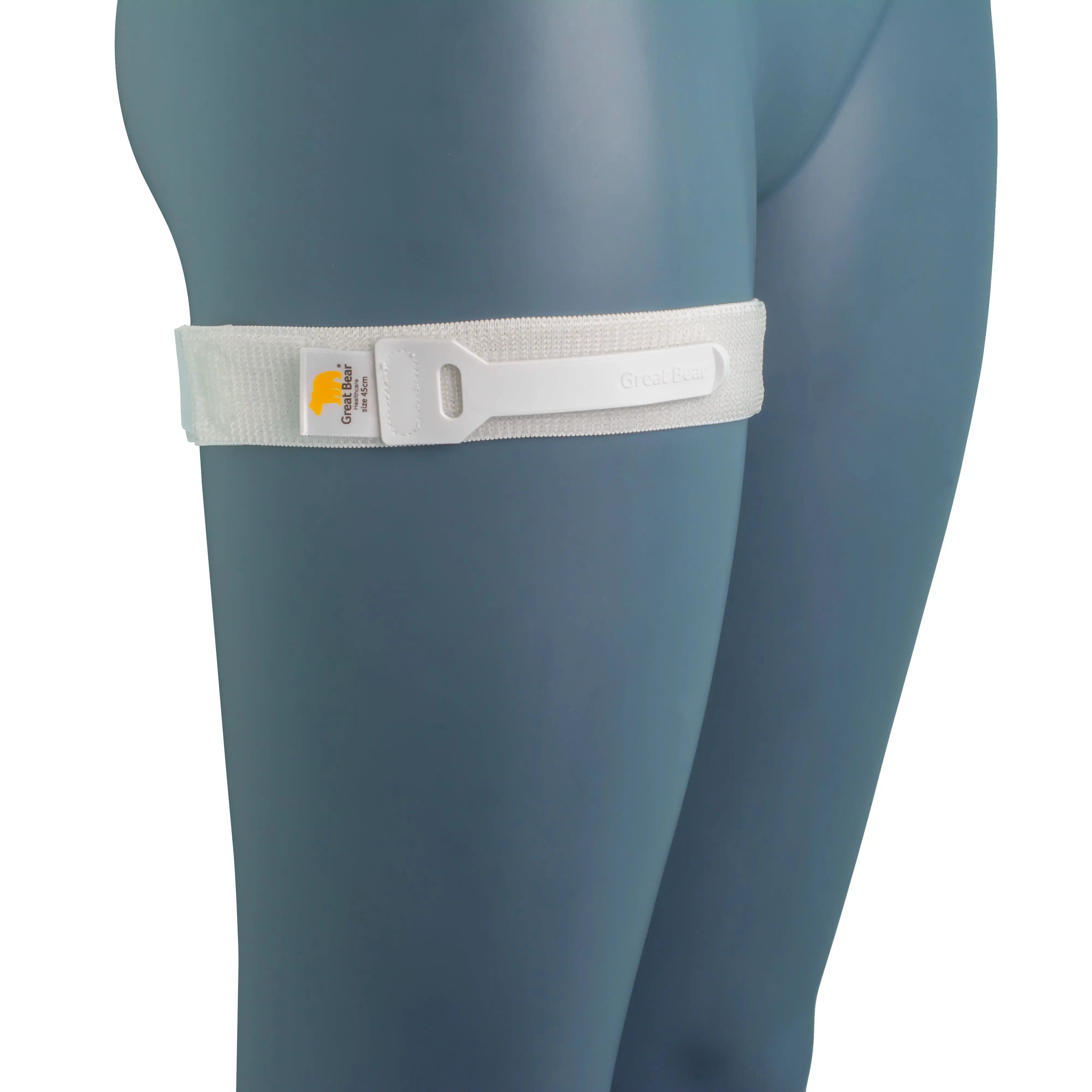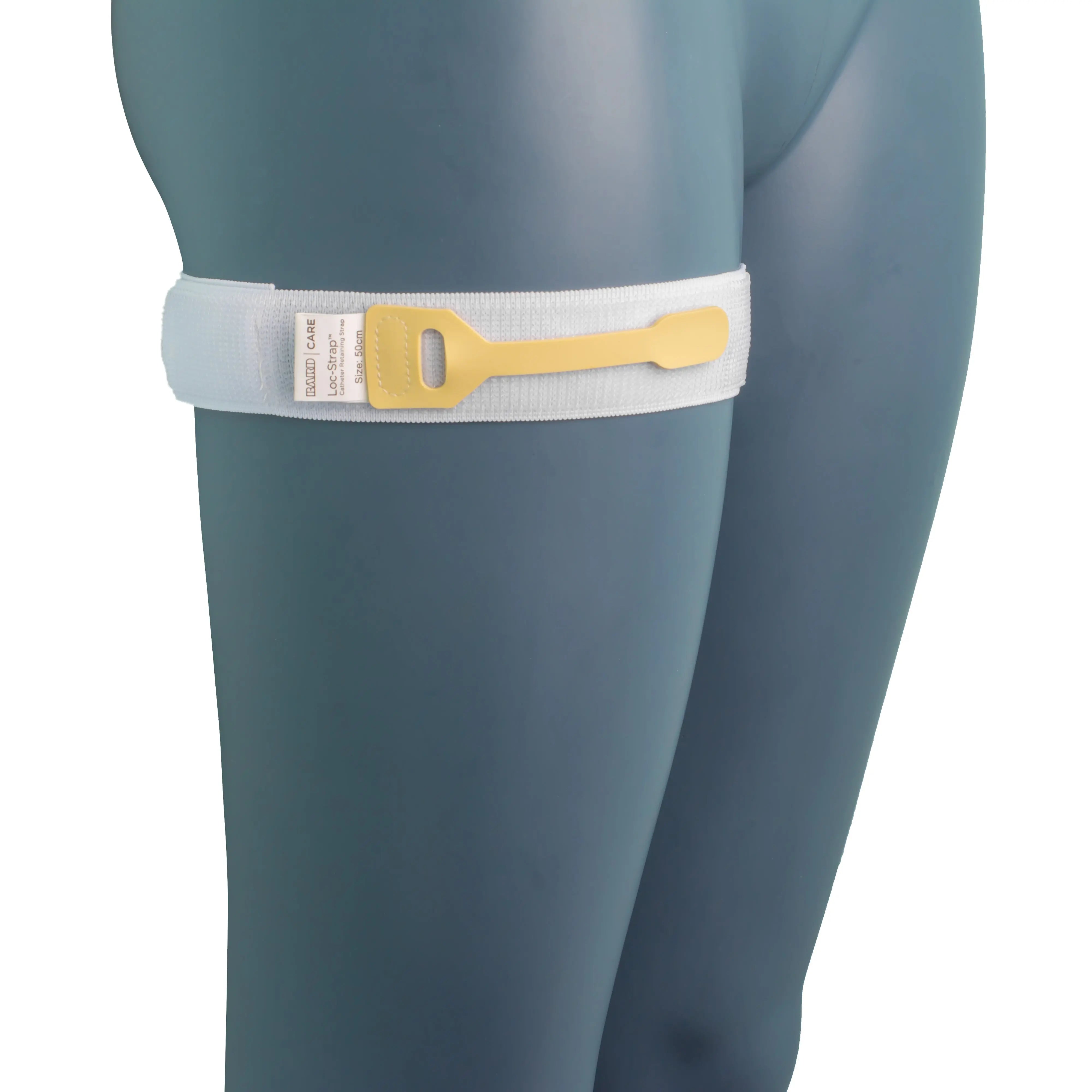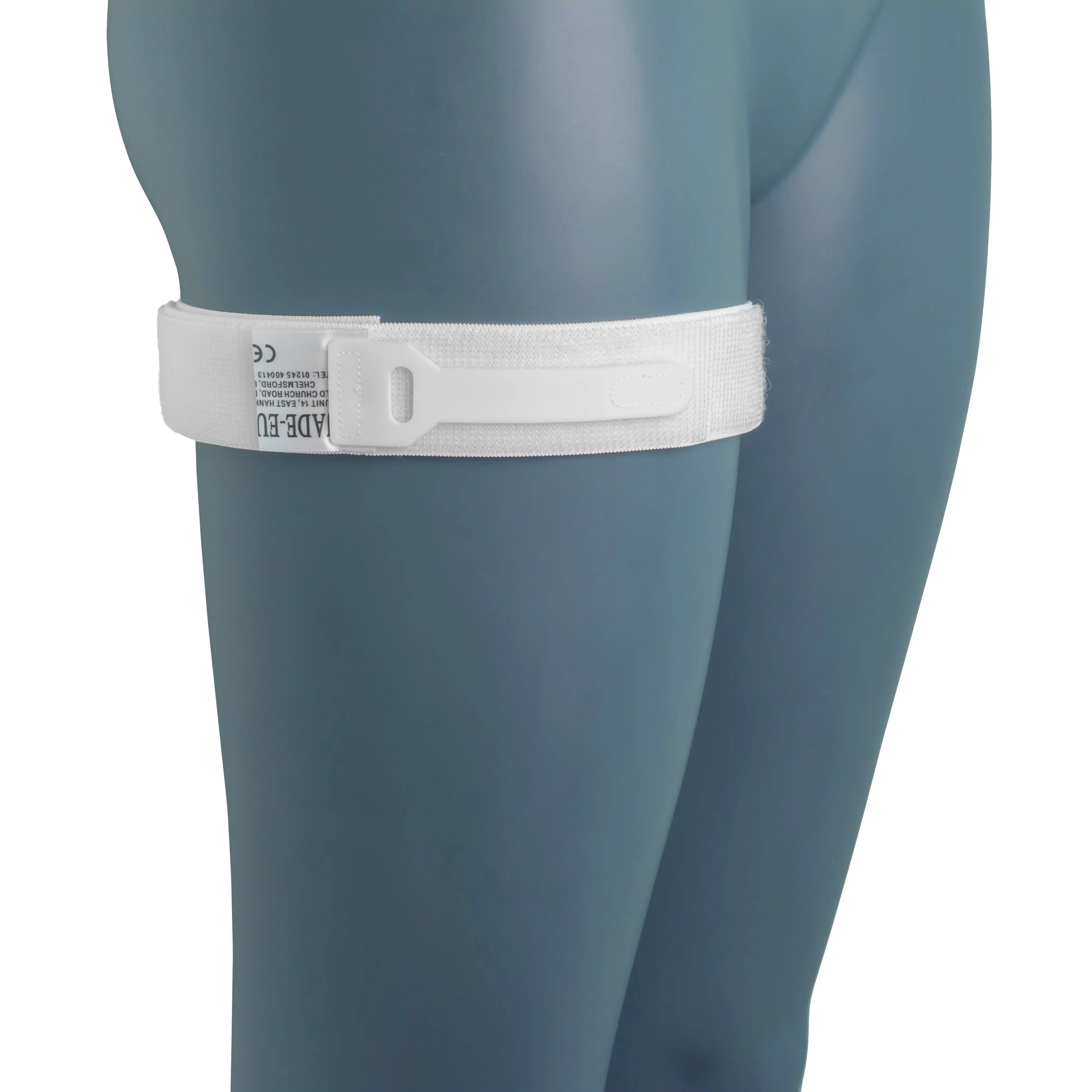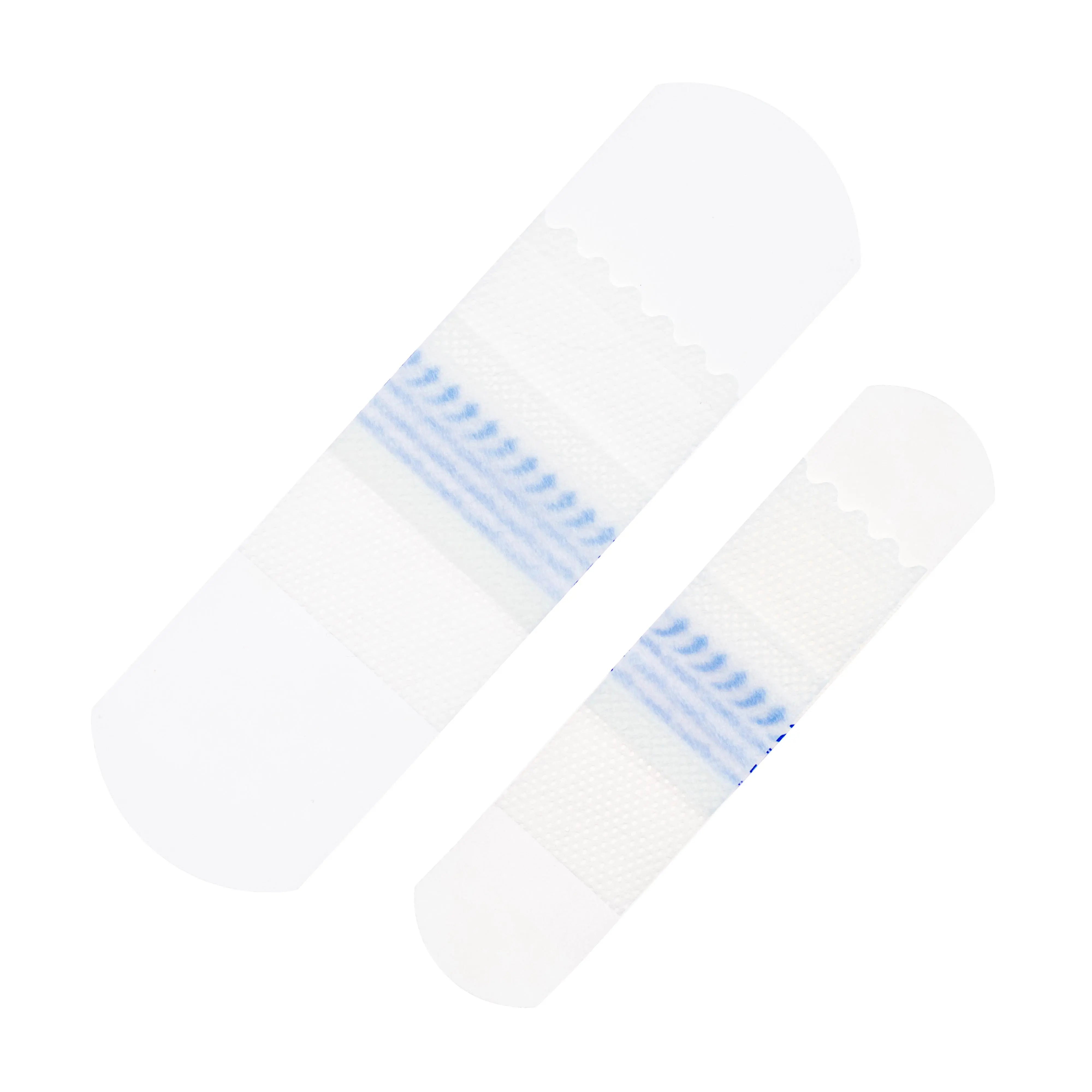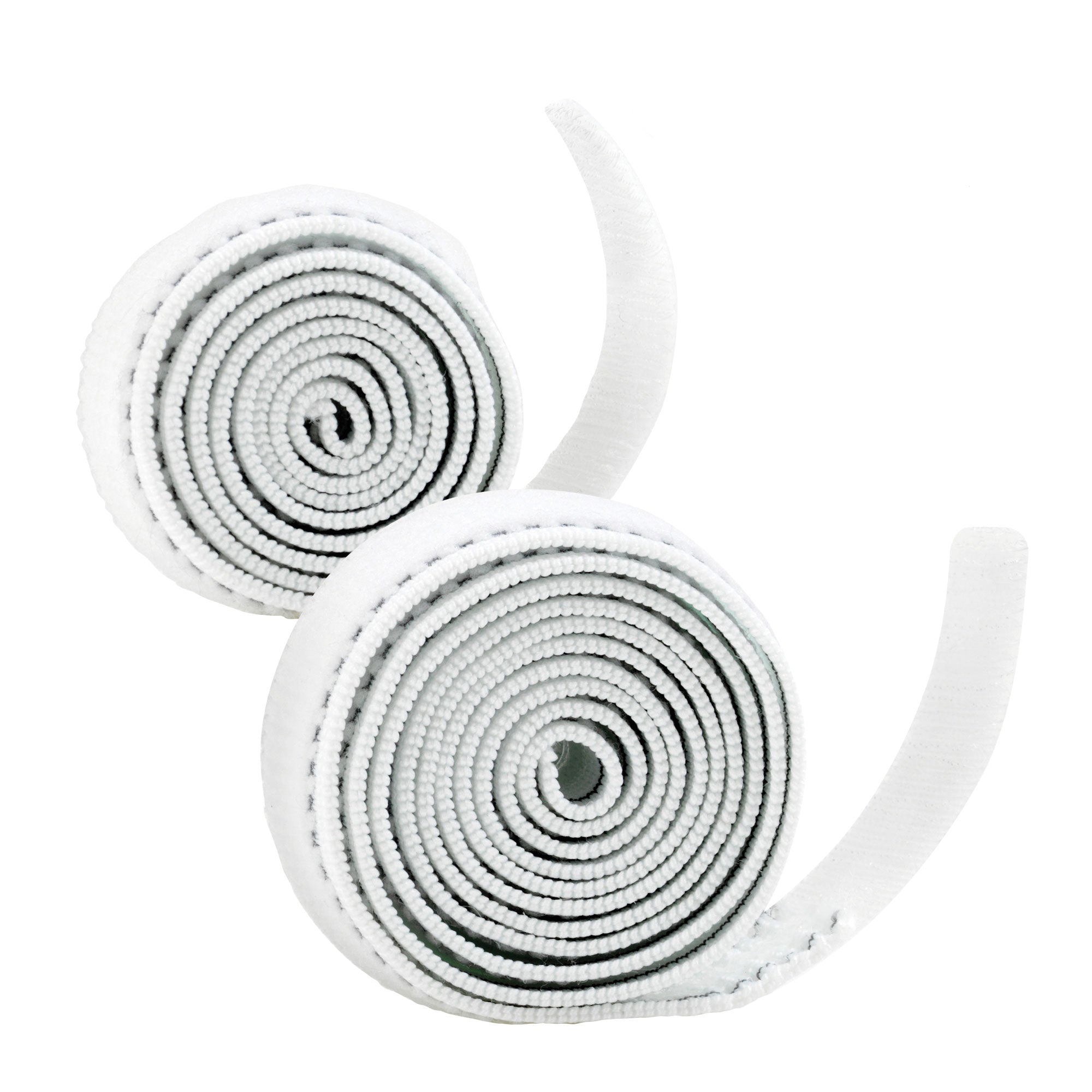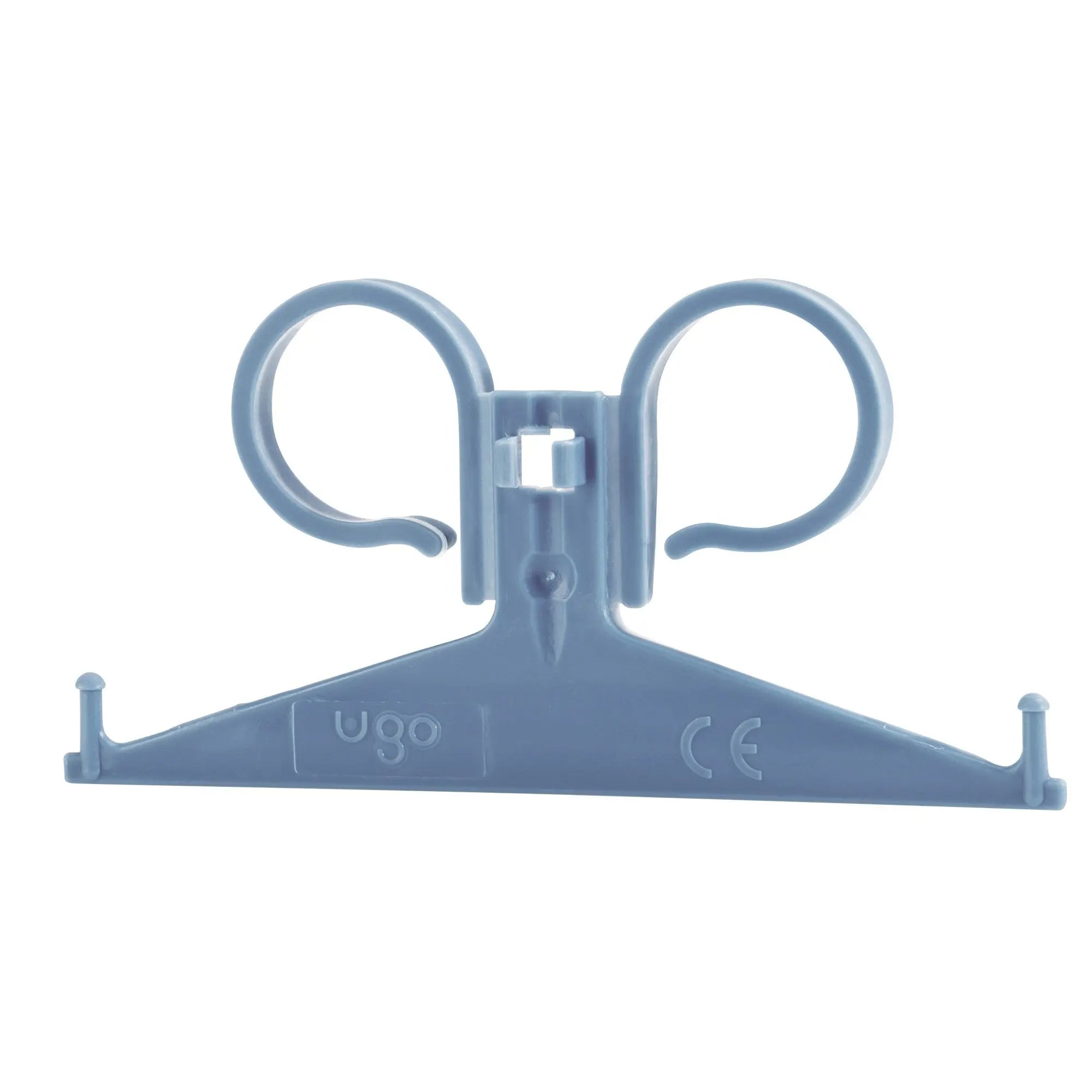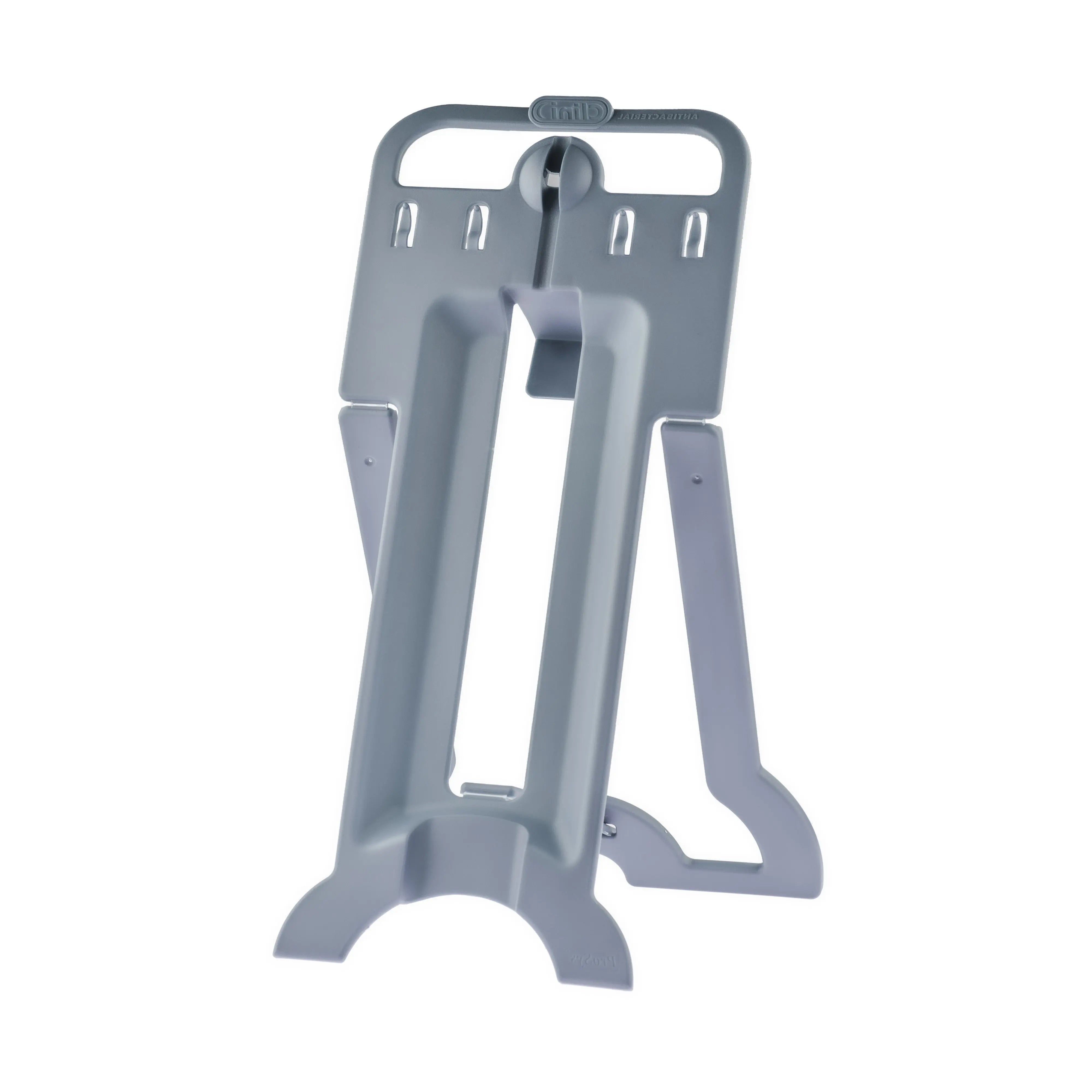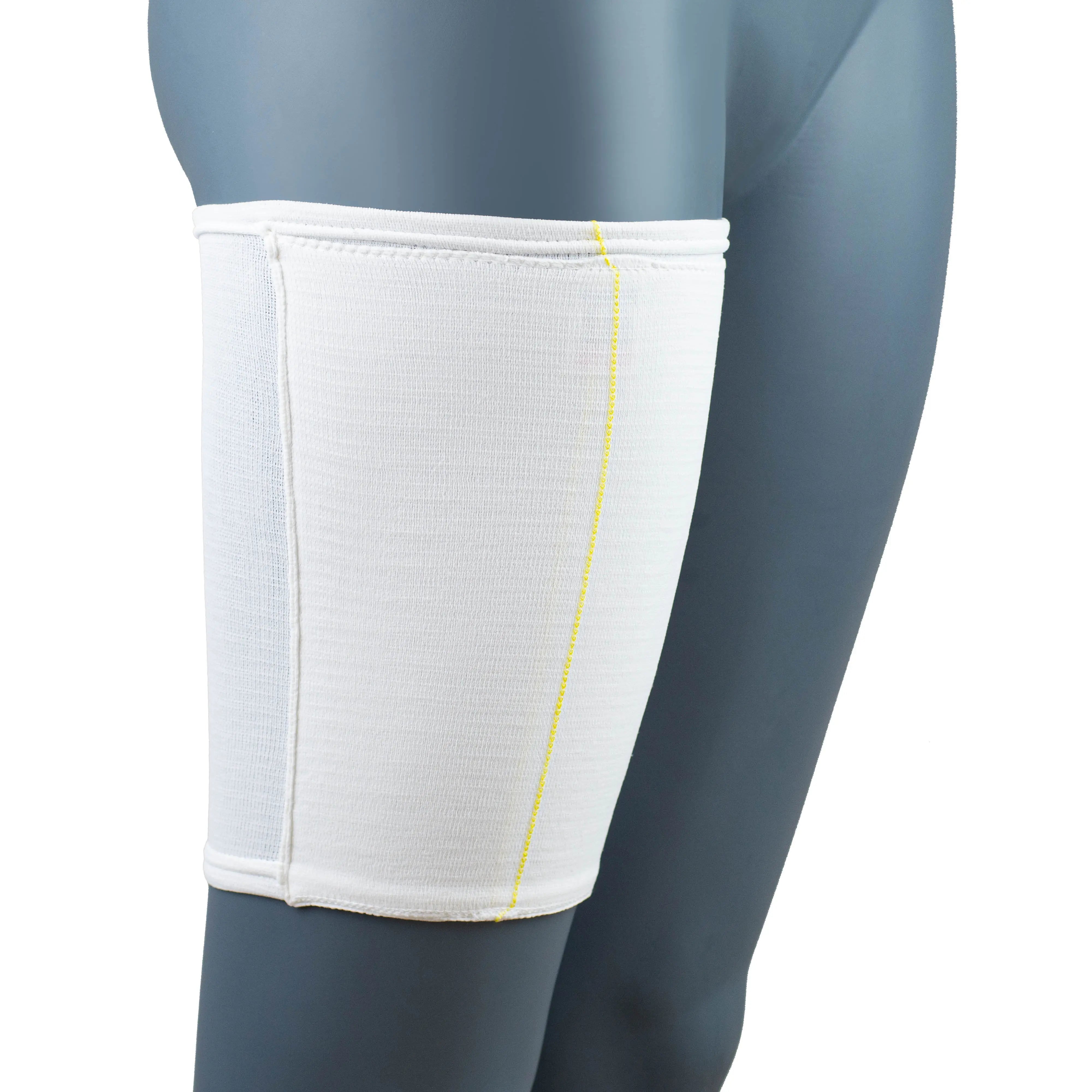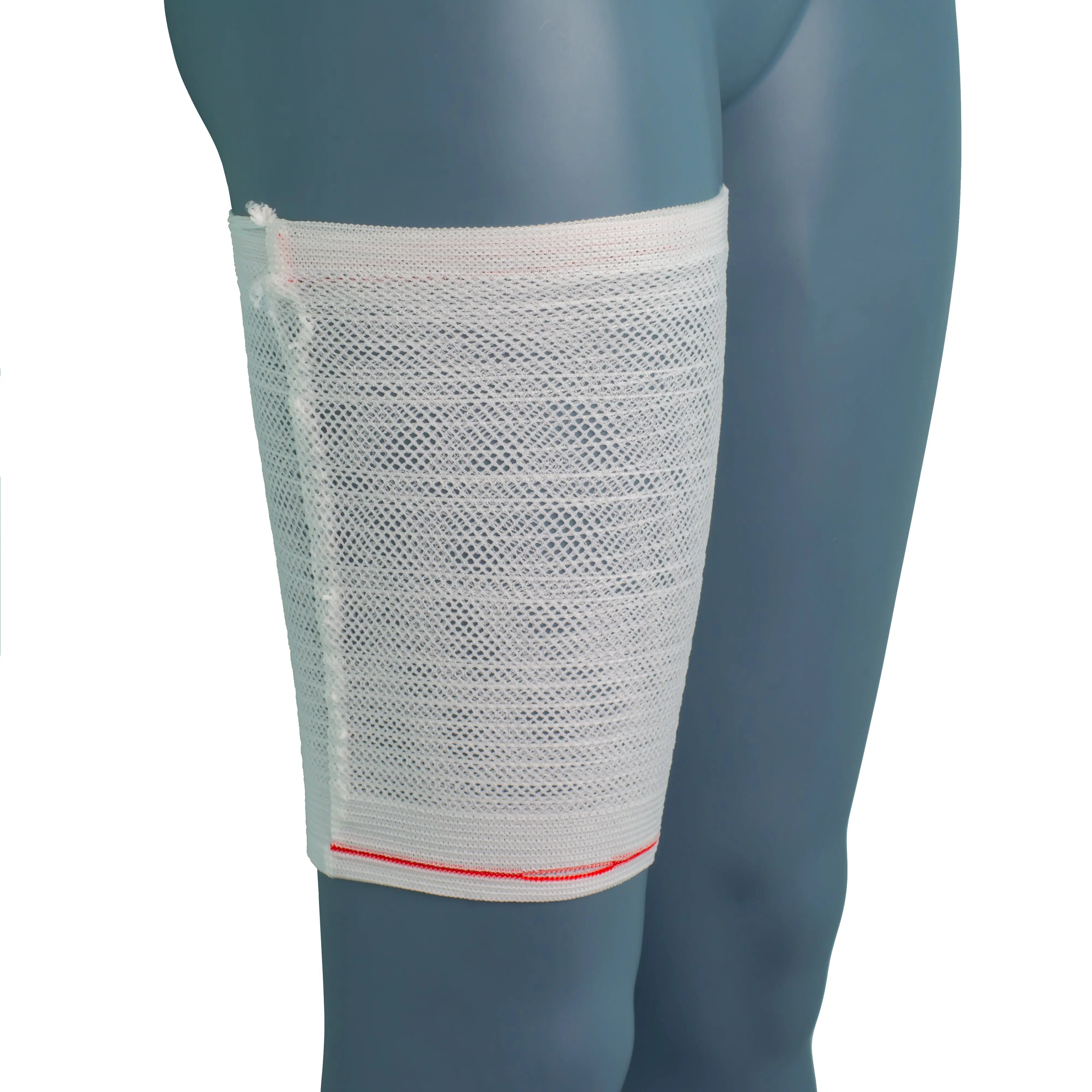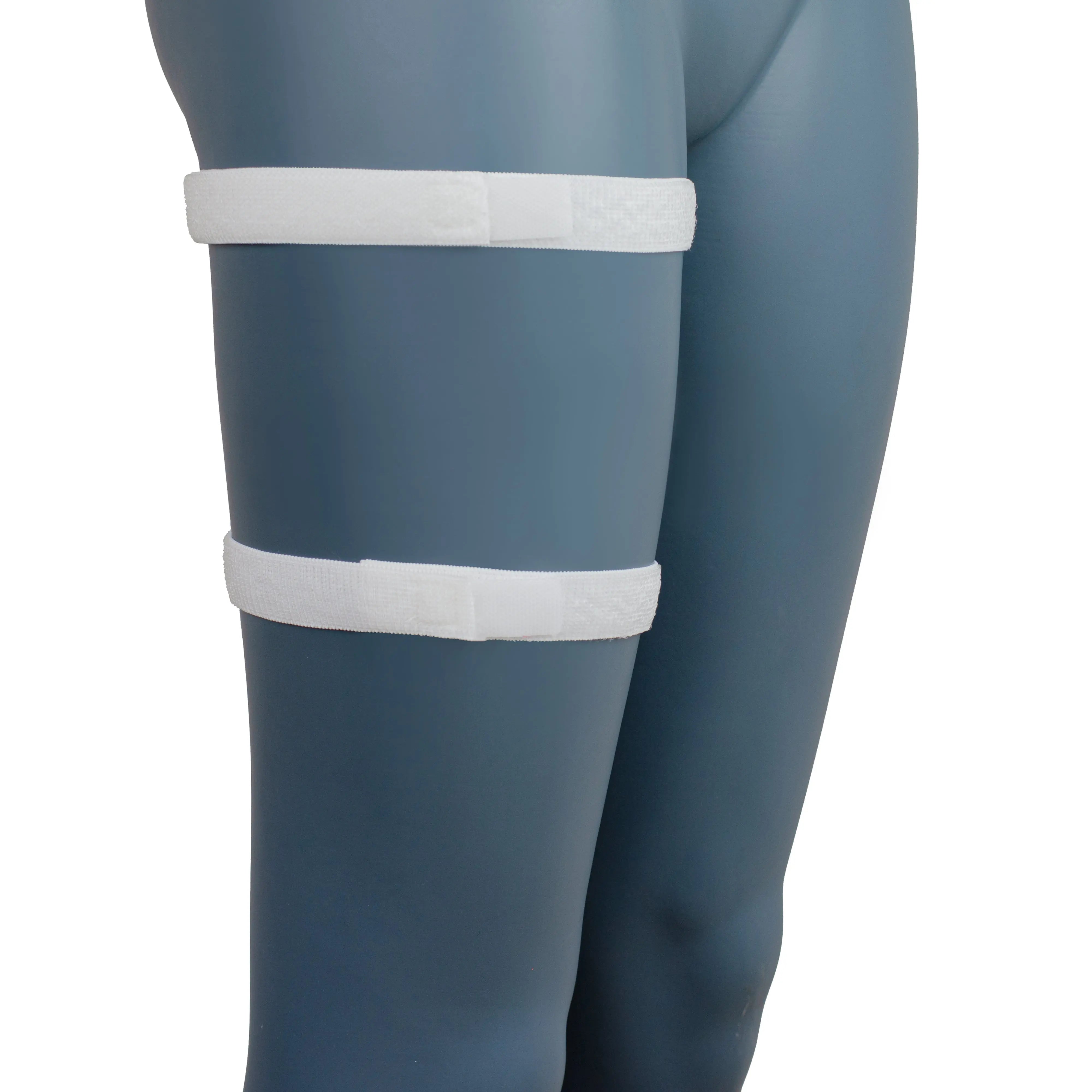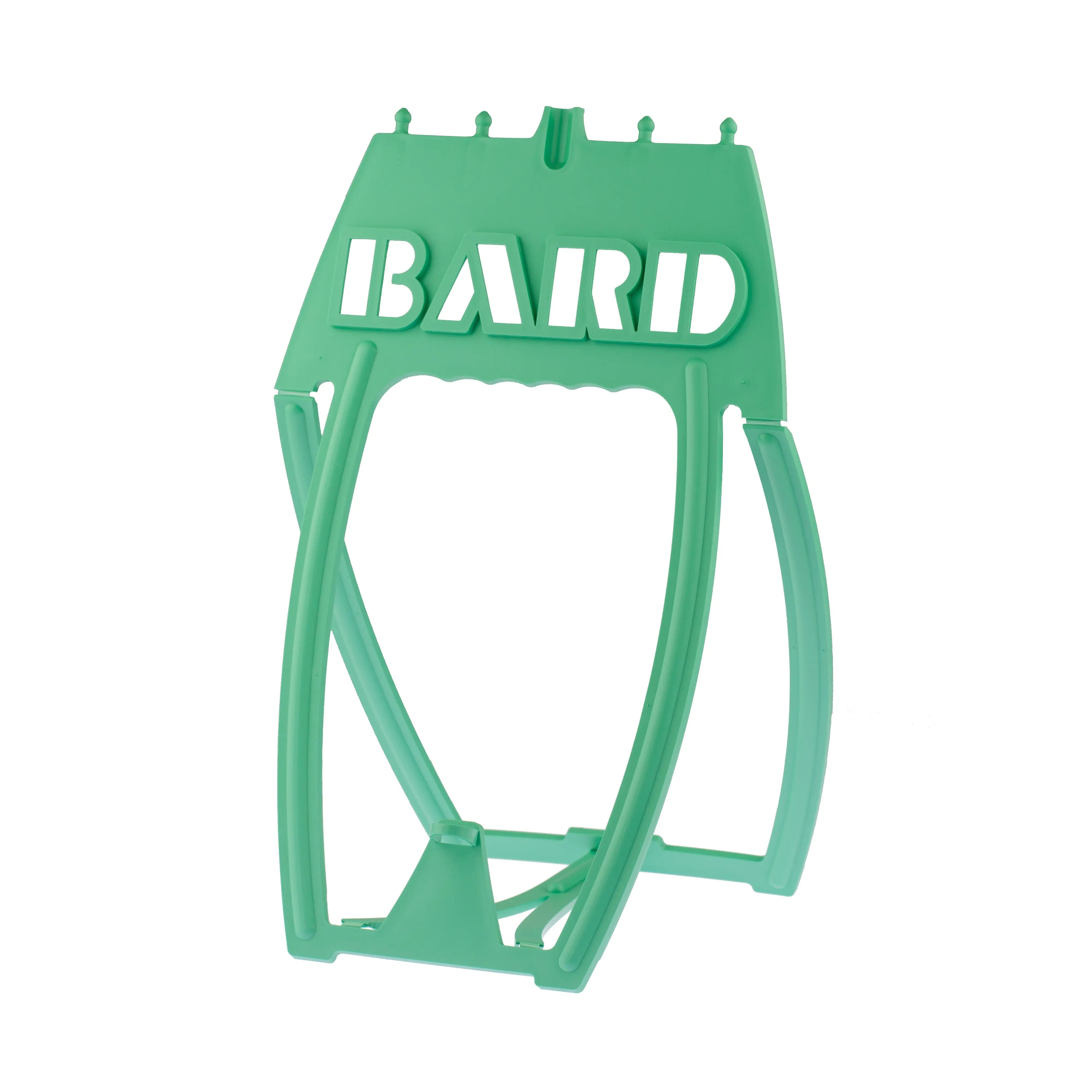How to strap a catheter bag to your leg?
Strapping a catheter bag to your leg is easy with the right steps. Start by positioning the leg bag on your thigh or calf, depending on comfort and preference. Most leg bags come with adjustable straps. Secure the straps around your leg, ensuring they are snug but not too tight—this is to avoid restricting blood flow or causing discomfort. Make sure the catheter tubing is not kinked or twisted and that it has enough slack to allow for natural movement without pulling on the catheter. The bag should sit lower than your bladder to allow gravity to assist with urine flow.
What is a catheter fixation device?
A catheter fixation device is a medical tool used to securely hold a catheter in place on the body. It prevents the catheter from moving or tugging, reducing the risk of discomfort, irritation, or accidental removal. These devices typically use adhesive pads or hook & loop straps to attach to the skin. They help to keep the catheter tubing secure and in a fixed position, which can be especially important for long-term catheter use.
Instructions for catheter straps
- To use catheter straps, follow these steps:
Position the Bag: Place the catheter bag against your thigh or calf, depending on where you find it most comfortable or the type of bag you are using. - Attach the Straps: Wrap the straps around your leg, threading them through the loops on the catheter bag.
- Secure the Straps: Fasten the straps securely but comfortably. They should hold the bag in place without restricting blood flow or causing discomfort.
- Check the Tubing: Ensure the catheter tubing is not kinked and has enough slack to allow for natural movement. The tubing should flow smoothly from the catheter to the bag.
- Adjust as Needed: Adjust the straps during the day if they become too tight or if you feel any discomfort.
What is a catheter clip?
A catheter clip is a small device used to secure the catheter tubing to your skin. It prevents the tubing from moving excessively, reducing the risk of irritation or accidental dislodgement. This helps keep the catheter in place and minimises pulling or tugging, which can be uncomfortable.
Should I use a catheter bag stand?
Using a catheter bag stand is a good idea for night bags. A stand helps keep the bag upright and positioned correctly while you sleep. It ensures that the bag remains lower than your bladder, allowing gravity to assist with drainage. This can prevent leaks and backflow, reducing the risk of infection. A stand also helps keep the tubing organised and prevents it from becoming tangled.
Should I use a catheter bag hanger?
Yes, using a catheter bag hanger is beneficial, particularly at night. A hanger allows you to attach the bag to the side of your bed or another stable surface, ensuring it stays lower than your bladder. This setup promotes proper urine flow and minimises the risk of backflow, which can lead to infections. It also keeps the bag in a secure position, preventing it from tipping over or getting in the way.
How do I secure my catheter tube?
To secure your catheter tube, use a catheter fixation device, a catheter strap, or a clip. These devices help keep the tubing in place, reducing the risk of accidental pulling or movement. You can secure the tube to your thigh or abdomen using a strap, catheter clip or general tubing securement device. Make sure the tubing has enough slack to allow for natural movement and isn’t pulled tight, as this can cause discomfort. Position the tubing so it flows smoothly without kinks or twists.

